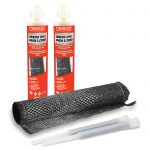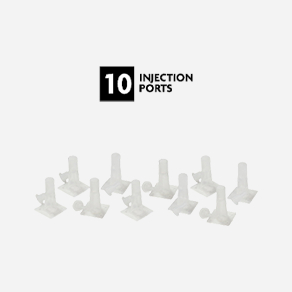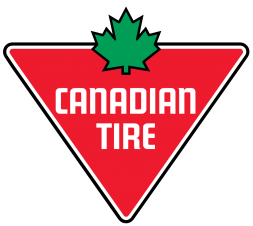HomeCarbon Fiber Reinforcement Kit



BARRICADE™ Concrete Repair Carbon Fiber Reinforcement Kit
Easy-to-install carbon fiber kit for concrete cracks.
- Repair and structurally strengthen cracked walls and prevent further movement
- Each kit will fix approximately one wall crack that measures 7.5 feet long (228 cm long)
- BARRICADE Carbon Fiber Reinforcement Kit is Step 3 of a 3-step approach to concrete repair
- Lightweight, 10x stronger than steel and non-corrosive
- Increases structural strength
- Easy to install in tight spaces (ex. crawl spaces)
- Does not take up additional square footage
- Horizontal or vertical applications
- Interior and exterior applications
- Carbon fiber is easily painted over for a discrete repair
- Use the included epoxy with a standard caulking gun (sold separately)
Inject Then Reinforce Your Cracks With BARRICADE®
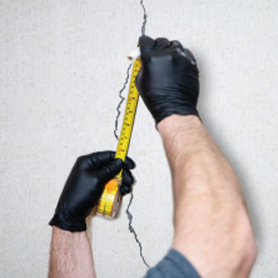


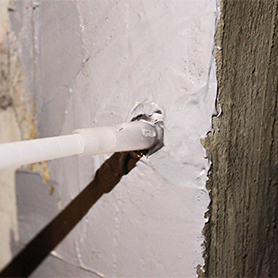
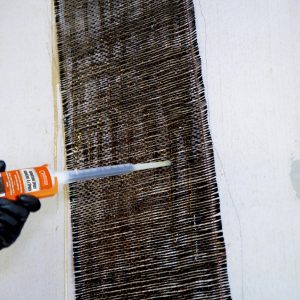

Why BARRICADE™ Concrete Repair?
Annual freeze and thaw cycles and pressure from the surrounding soil create strain on a foundation wall which can cause cracks to form. For a complete repair, seal, fill then reinforce to protect against further movement, possible water leaks, as well as the entry of dangerous, naturally occurring gasses such as radon. Seal and fill with our crack injection kit then reinforce with our carbon fiber reinforcement kit.
Concrete Repair Products For Any Project

Product Overview
Important note: before installing a carbon fiber product, remember to seal and inject any visible cracks for a complete, water-resistant repair!
Mixing Nozzle: To attach the mixing nozzle to the tube, take a flat-head screwdriver and pop off the sealing cap, then screw on the nozzle.
BARRICADE™ Concrete Repair Carbon Fiber Reinforcement Kit
Repair and structurally strengthen cracked walls and prevent further movement.
BEFORE
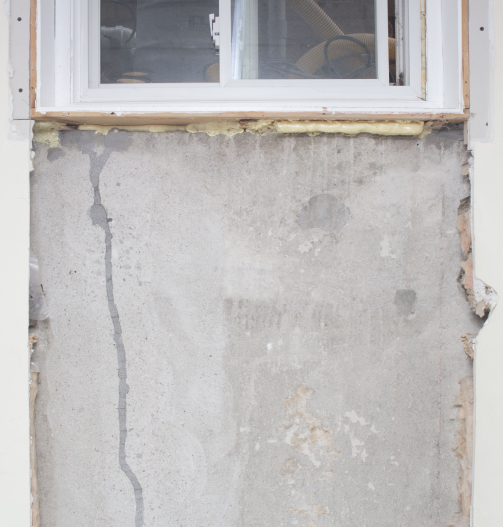
AFTER
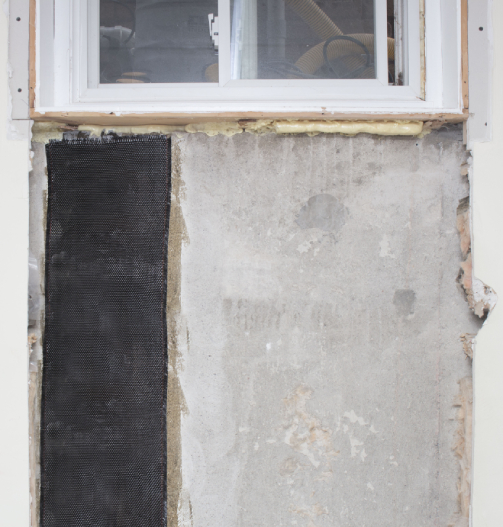
Frequently Asked Questions
Carbon fiber prevents further inward movement, but will not straighten a wall.
There is no absolute number to go by, since there are many factors to consider. To figure out the deflection in your wall, measure the difference of the highest amount of deflection compared to the rest of the wall, and please consult with your structural engineer or foundation specialist for more information
There are several signs you can look for on the interior and exterior of your home. Within your home, it is important to check your walls or ceilings for cracks and if your windows or doors are difficult to open and close. You may also notice uneven floor surfaces or cracks in concrete floors. Outside of your home, ensure you look for cracks in masonry walls that are in a “stair-step” pattern. Other signs include a tilting chimney, wood trim that has been separated around joints and corners and if the concrete driveway, sidewalk, patio or any other concrete structures separated from the foundation.
It is a good idea to contact your foundation repair specialist for further review of the cracks in your foundation. If you are noticing a crack in your foundation, most of the time it means that something has shifted or settled so it should be addressed immediately.
During the process of building your home and before a foundation is constructed, you can install a piering system to strengthen the foundation. It may also help to consult your foundation specialist during the process of construction so an analysis of the property can determine the proper foundation settlement prevention strategy.
In most cases, carbon fiber can easily be painted over or covered with a finishing product. Please consult with your paint/coating manufacturer for guidelines and TDS.
Yes, the epoxy in the carbon fiber reinforced polymer (CFRP) system can be affected by UV light and we always recommend covering exposed carbon fiber with a finishing product when installing outdoors.
Carbon fiber fabric on its own is fire resistant, but the epoxy used to apply it doesn’t perform well against high temperature. If you have a specific requirement for fire resistance, please contact your engineer to source out the right fire-resistant coating for the CFRP system.
There is minimal disruption to your basement.
Unfortunately, in most cases homeowner’s insurance will not cover the cost.
Work can be completed year round.
Yes, if your wall is cracked it will continue to get worse over the next few years. It is better to fix it when the wall is not bowing rather than after a large bow occurs.
Yes, we have products designed to fix this problem. Please consult your structural engineer or foundation specialist for more information.
No, unfortunately no carbon fiber system will be able to stop this. You should consult with a piering contractor for a solution.


